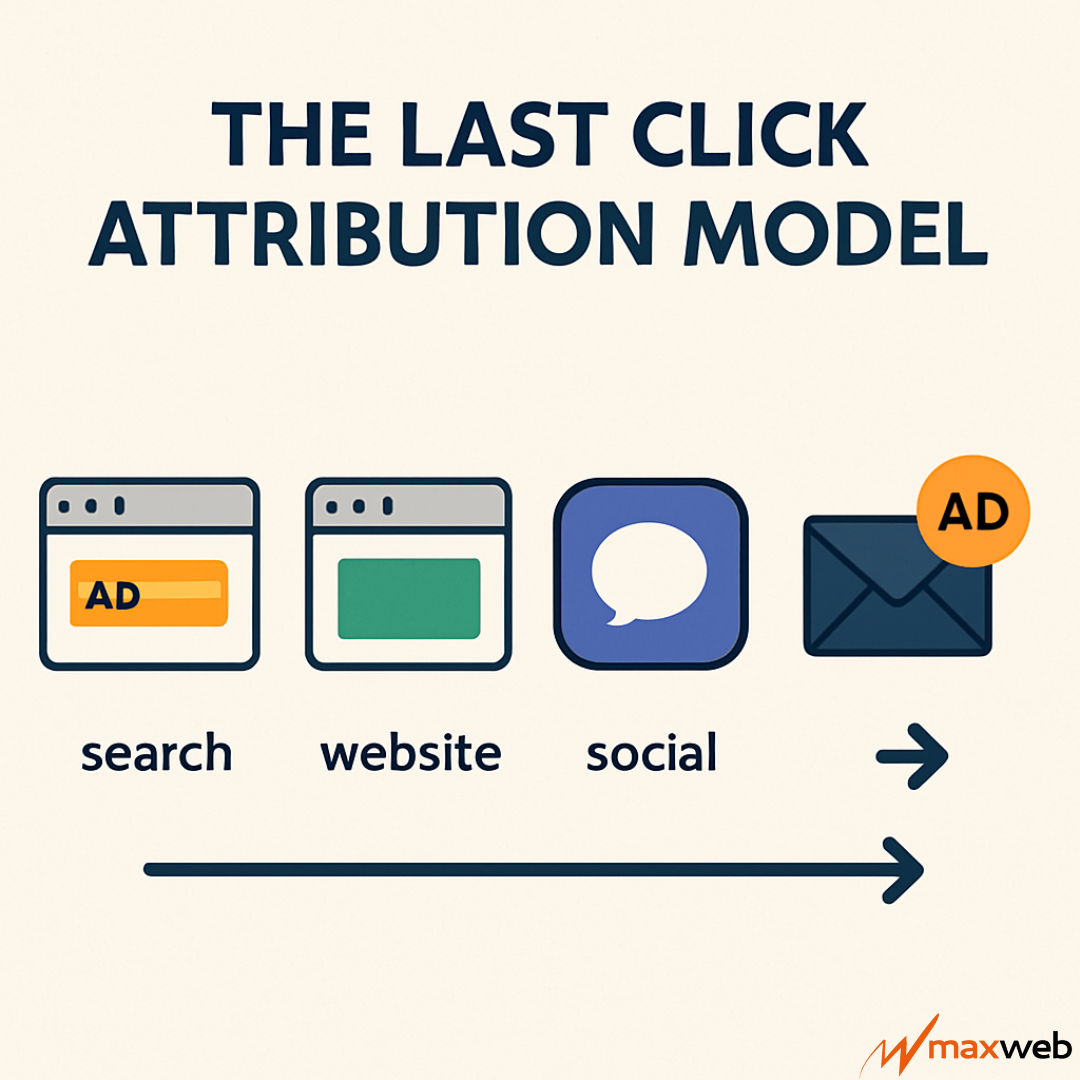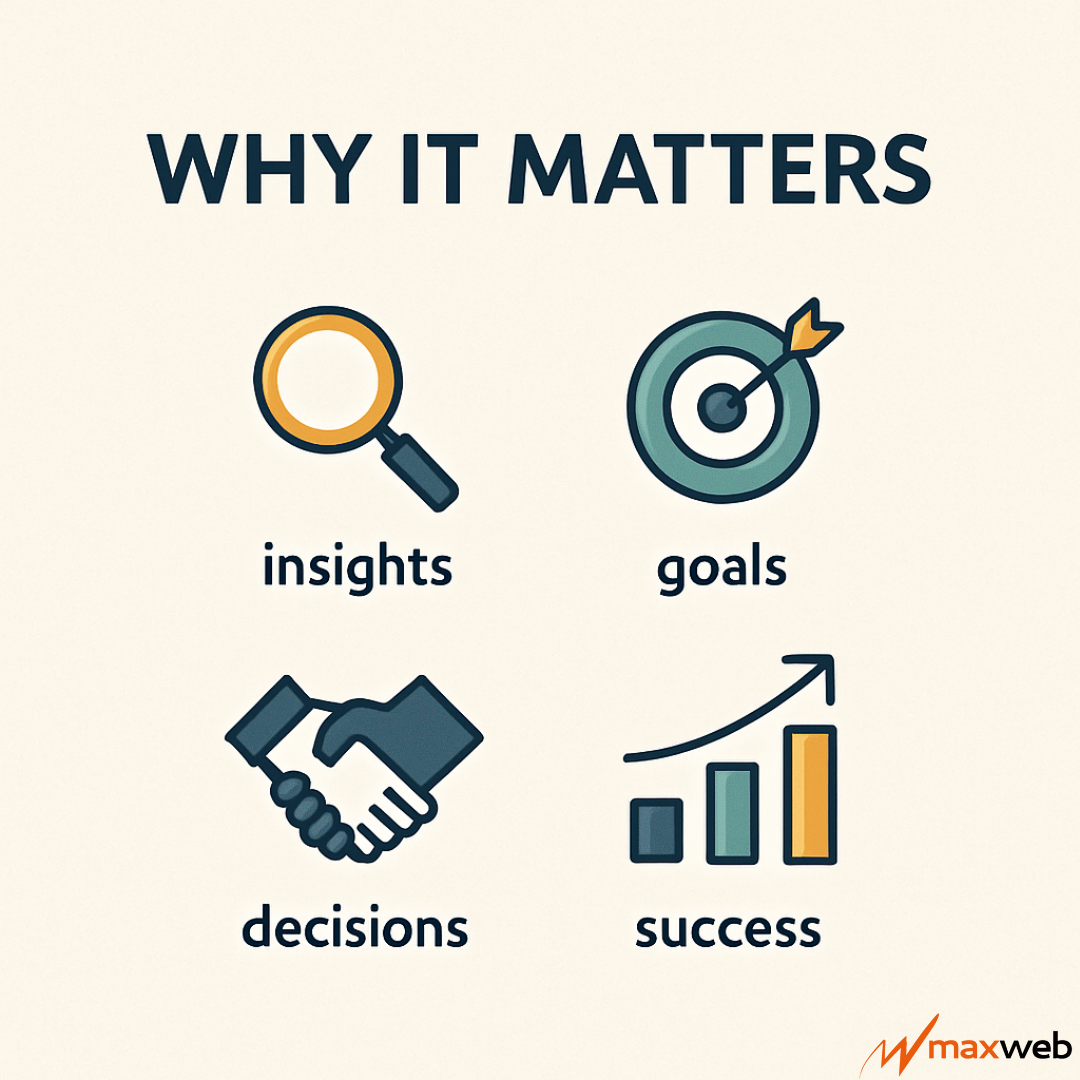We know that affiliates have one main, simple metric that they base everything around: the last click. You drive traffic, a user clicks your link, they convert, and you get paid. This is how it should always go, but everyone knows that this is rarely that simple.
Sometimes, there is much more beyond the last click that actually impacts customer decisions and conversions, and we are here to cover them and teach you how to make multichannel funnels work for you!
The Main Issue With Last-Click
Let’s say you write an in-depth product review. It introduces the customer to a brand for the first time. They read about the product, its features, how it performs, what people like about it, and other cool things about it. The reader gets excited, they want to buy it, but they decide to look at something else instead for a moment. They lose focus, and they forget about it. Fast forward a few days, and they get targeted by a retargeting ad online. They search the brand on Google, click on the ad, and finally make a purchase!
Who gets the credit here? The Google ad! Tho did the majority of the legwork, introducing the customer to the product, making them excited for it. You did! Yet, due to last-click attribution, your work is rendered invisible, and you get exactly 0% of the reward.
Thi isn’t just unfair, its flawed and it shouldnt be the thing we solely base and measure our marketing performance with. It undervalues the impact of top-of-funeel affiliates, and its time to address it. We should start looking at the entire journey, and with multichannel funnels, we can see exactly who provided value, and what can be improved and adapted to build better strategies.
The Last Click Attribution Model

This is a model where 100% of the credit for a conversion is given to the final touchpoint. Or the final link that the user clicks before making a purchase. The model itself is simple and efficient, which is why its so popular. Its easy to understand, easy to track, and its clear exactly who gets what from it. But its simplicity is also whats wrong with it.
For most offers, the customer’s journey is not just one single step. Last click completely ignores every interaction beforehand that warmed up the user and introduced them to the brand the product, its features, and built brand recognition and trust that are needed for most transactions, especially now when there are so many scams online.
For most affiliates, content creators, reviewers and influencers, this can be a disaster, as they often play a crucial role in the beginning, and middle of the journey. And if they arent there for the end, its like they did nothing.
Are Multichannel Funnels Better?
In most case, the customers journey is not a strait line, its a complex path that waves across multiple channels over days and weeks. Especially for higher value conversions. The entire path here is important and thats what multichannel funnels should track and attribute!
A typical journey for a customer might look something like this:
-
Day 1 (Awareness)
A user reads a blog post on an affiliate site that covers the best tools for their online business. They learn about a few products and one especially catches their eye because of the features or price. The user is introduced to “Product A” but they still havent decided on buying it.
-
Day 3 (Consideration)
When visiting the site the user got tracked by a pixel and put as a potential customer. A good Facebook retageting campaign on Facebook has found its way to their feed and it catches their attention again. Now the user is even more interested as they had some time to think it over and the ad showed a neat feature that they like.
-
Day 4 (Decision)
After some consideration, the user decides to commit and buy the product. They search for “Product A price” on Google and click on a paid search ad, land on a landing page, and finally convert.
All of this happened over a few days. While the last click model would have given the paid search ad 100% of the credit, the multichannel funnel tells the true story. The affiliate introduced the customer, the social ad nurtured them, and the paid search ad finalized the deal. All three channels worked together, and without even one of them, the likelihood of the conversion is dramatically lower.
Beyond Last-Click Attribution
To help with proper tracking and attribution, platforms provide different models that you can use. Understanding them can help you pick a better one for your case and help with tracking the value of your actions properly.
First Click Attribution
This model gives 100% of the credit to the very first touchpoint. In our case, the affiliate making the blog post would get all of the credit. This model is great at showing which channels are best for creating initial awareness and generating new leads, but it has similar problems to last-click.
Linear Attribution
This model divides credit equally among every touchpoint in the path. So for our example, since there were 3 touchpoints, every one of them would get a third (33%) of the credit.
This model is simple; it acknowledges every step, but if some steps are more valuable than others, it fails to note that, so it's not perfect for every situation.
Time-Decay Attribution
The time-decay model gives more credit to the touchpoints that happened closer in time to the conversion. So in our case the split would be something like 20%, 30% and 50%.
While not perfect, it's a good way to measure how important the final step is, and focus on “closing the deal” without completely ignoring the rest.
Position-Based Attribution
Here the first and last touchpoint have the biggest value. This means that the first and last step would get something like 40% each, with the remaining 20% being distributed to everything inbetween.
Data-Driven Attribution
This is the default in Google Analytics 4 (GA4) and the its the most sophisticated model. It uses machine learning to analyze thousands of converting and non converting paths and then it determines the value of each touchpoint.
Its less about fixed rules and more about the real data and results. Its super complicated and not available everywhere, but its the best method of accurately tracking attribution available right now!
Why It Matters

As an affiliate, these models can be the key to providing your worth.
If you are the introducer (blogger, youtuber, influencer) you are often the fist touch stat introduces audiences to a product or services. With the right model you can justify your commission or ask for a bigger one, and eliminate low performing touchpoints that might eat into your revenue share.
It also can help you make better deals and smarter partnerships, as with the right data, you know exactly what your worth is and how you can best implement it into the funnels. Instead of saying “I can drive clicks,” you can say “I can introduce 1000 high-intent new users to your funnel each month”, which is a lot better for negotiations.
The Challenges
Stepping away from last-click is important, but it's not as easy as we would like.
-
It introduces additional complexity and data points that you need to analyze.
-
While tracking tech has improved, cross-device tracking is still not perfect, and sometimes the more complex models can get confused by different devices and steps.
-
Sometimes even if you want to switch to a different model, you wont have the option. Many affiliate programs have used last-click for over a decade, and managing to convince them to make a change can be super hard.
Conclusion
Measuring marketing effectiveness with just the last-click attribution is like trying to understand a movie by just watching the ending scene. While you see the outcome, you miss everything that happened before that influenced it.
As an affiliate marketer you often are put into various parts of the funnel, and being on the beginning or middle, while important, often isnt as valued as it should, especially not with last-click. This is why you need to adapt and change away from this flawed system whenever you can.
With the right data and attribution, you can make better deals, get more revenue share, and improve as a marketer. Show what made the customers make their decisions and get credited for your contribution!